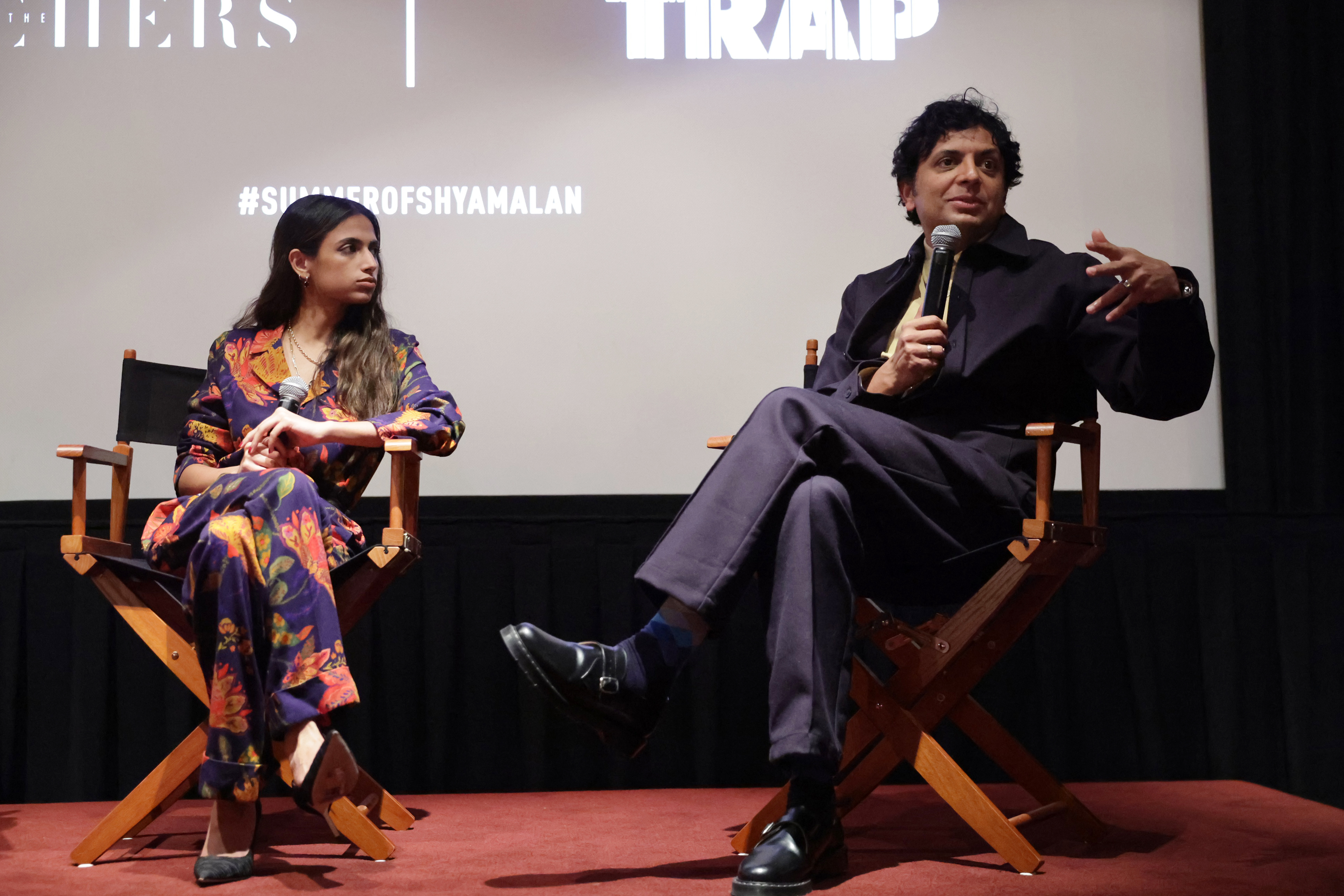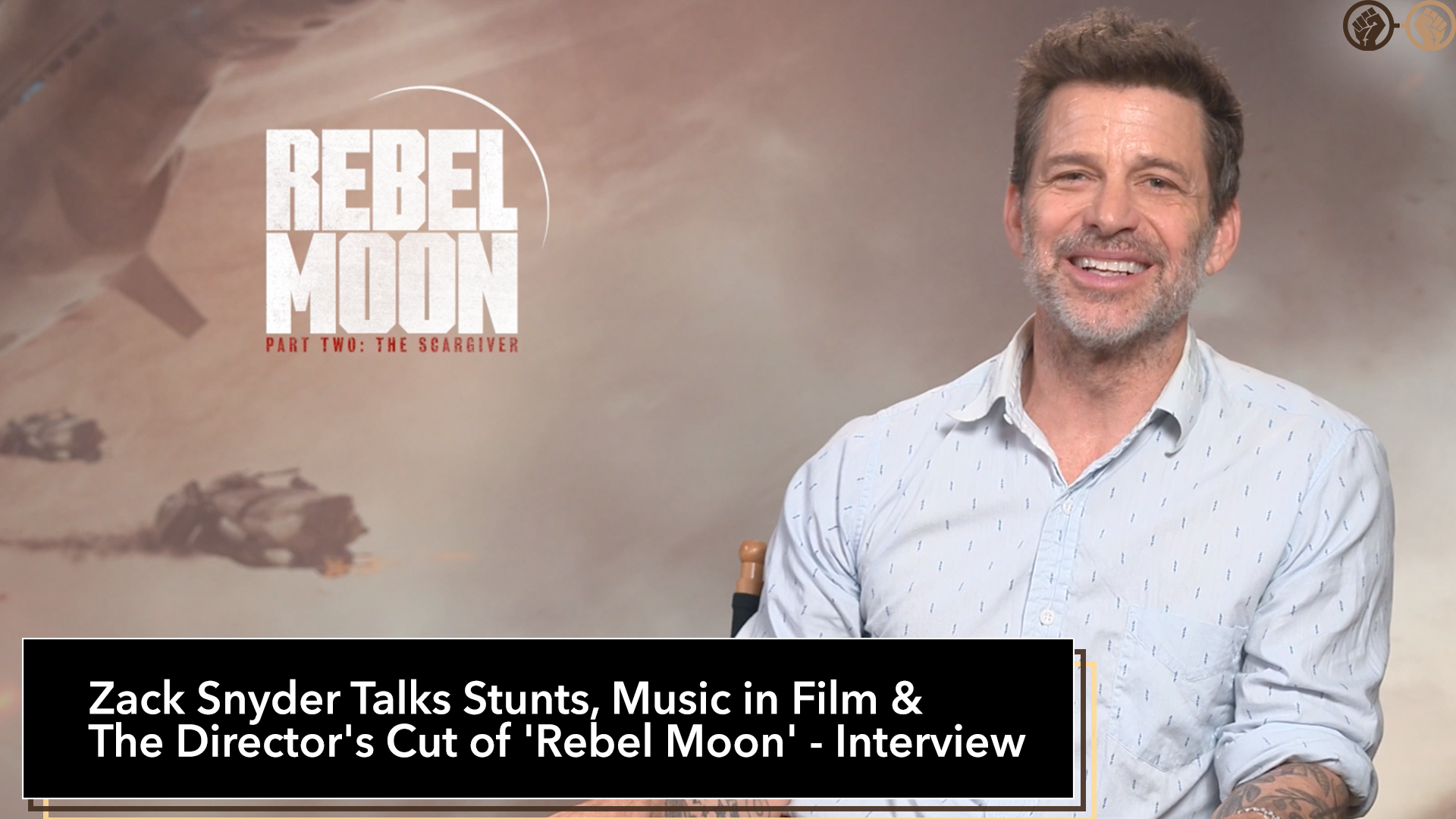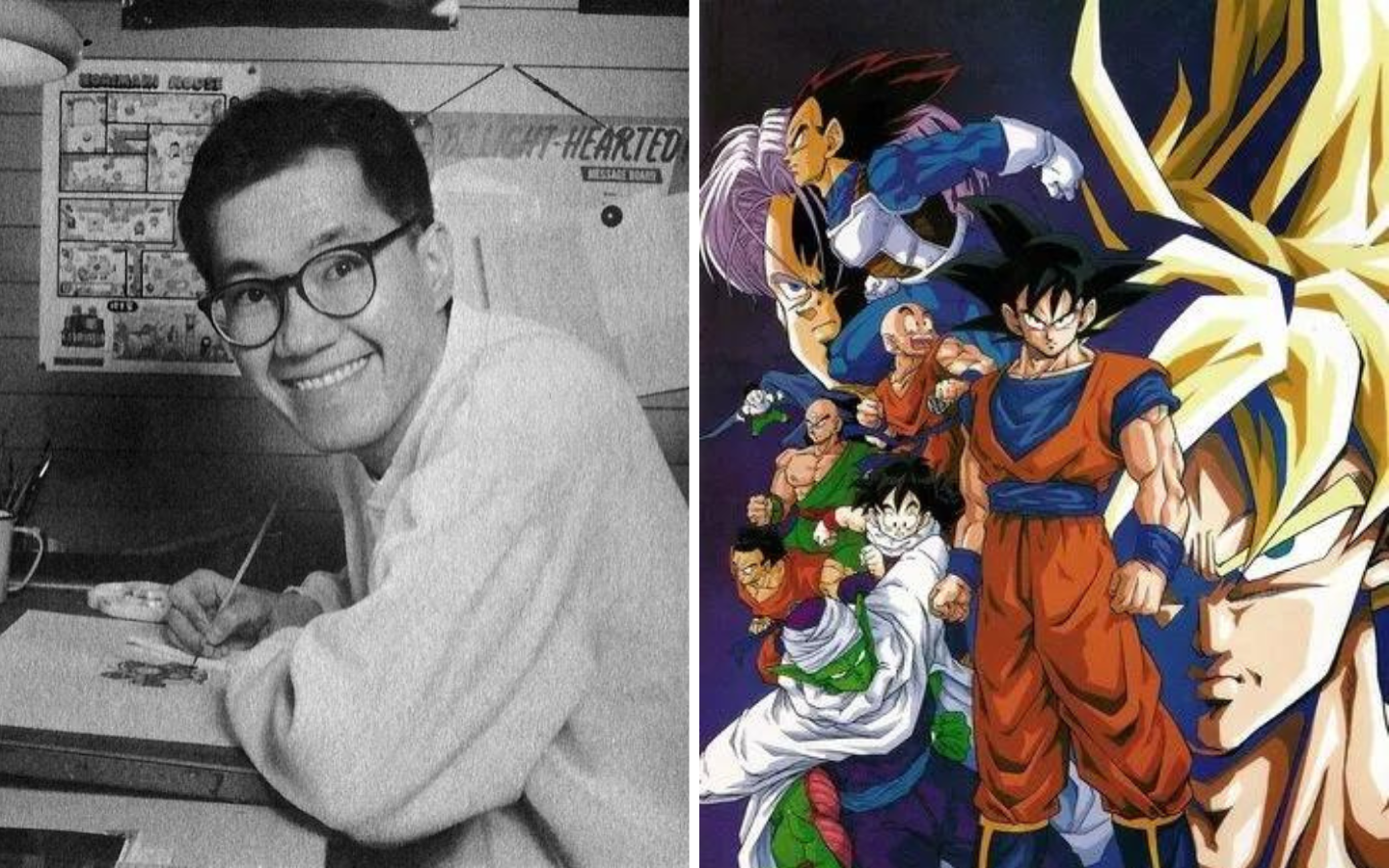I eat, sleep, and breathe history. I always have. The writer in me admires the way that history feels like one huge neverending story with numerous protagonists and main events. When movies set in significant historic backdrops and periods, I always get a little excited. That is until glaring historical inaccuracies or erasures are presented.
Fantastic Beasts and Where to Find Them is the biggest example of this.
I was excited to find out that this movie would be set in the mid to late 1920’s in New York City. I thought, probably quite foolishly, that this meant I would finally get to see witches and wizards of varying backgrounds on one screen. In an article for Bustle, Johnny Brayson outlines the general timeframe of the film.
“In case you couldn’t tell by the fanciful dress of its characters, the movie takes place in the roaring 1920s. Specifically, it takes place in New York City in the year 1926.”
Johnny Brayson
I was sorely disappointed that this was not the case. Unfortunately, Fantastic Beasts appeared to perpetuate a problem prevalent in the previous Harry Potter films: the amount of non-white characters could probably be counted on less than ten fingers. In the case of Fantastic Beasts, you only needed three fingers.
After finishing the first movie, I found myself wondering how a movie that could claim to take place in New York City during the Roaring Twenties would somehow not show any parts of the Harlem Renaissance or the Great Migration?
There should have been more black and brown people in the background, at least, nevermind as main characters. The one black character who had any sort of significant role in the film was Seraphina Picquery, President of the Magical Congress of the United States of America, played by Carmen Ejogo. While this character was certainly compelling, and Ejogo’s talent can hardly be denied, Seraphina was racially ambiguous, as was the one other notable character of Leta Lestrange, played by Zoe Kravitz. The only other role portrayed by a black person was that of one of the orderlies who escorted Newt and Tina to the pool where they would die.
Where was everyone else?

How were there no depictions of racism and sexism that Seraphina Picquery might have been subject to as President of the Magical Congress of the United States of America? To let this movie tell it, black and brown people, even racism itself, didn’t exist. This is a huge problem as blood purity (“pure-blood”, “half-blood”, “mudblood”) is such an important concept in the wizarding world. It would hardly be a stretch to believe that racism would have an equally huge impact, especially in America.

Of course, racism in the American wizarding world should hardly be limited to affecting African-Americans, Latinx, and the like. One of the most severely underrepresented groups in this country as well as in this series is that of Native Americans. Harry Potter author JK Rowling utilized mythical creatures to be the representations of the houses of Ilvermorny, the only magical institution of learning in all of America. The problem? These creatures and what they come to represent for the houses, at least, is a severely appropriated and warped version of what they truly are. While these creatures may have been borrowed from different Native American groups, the school itself, according to Rowling, was not created by them but was created by a white Irish woman. In an article for StudyBreaks titled “The Blatant Racism of JK Rowling’s Ilvermorny Houses”, Samantha Gross writes:
“It gets worse, though, because the founding White Girl comes to the colonies and cannot find a single wizard from the area. Instead, she finds a creature sidekick and two small wizard boys who are also from England. With the help of a Muggle man—who is also, coincidentally, from across the pond—she starts a make-shift wizarding school. And it’s only then that other wizards seem to fall out of the woodwork, because for some reason white people are the ones who have to come in and provide a school for the otherwise invisible and unrepresented magical natives. Anybody order a white savior complex? Excuse me, my tea is getting cold.”
Samantha Gross
I find it very difficult to believe that racism somehow does not exist in the magical world. As I watched Fantastic Beasts I thought of all the ways the very real historical context of racism might have been shown in the movie.
What kind of life did African-American witches and wizards lead? Was there a triple consciousness not only of being a witch or wizard but of being Black and American as well? Would lynchings that occurred all throughout the South be a reflection of racist anti-Black sentiments, witch trials, or both? Did the MACUSA make laws for the protection of Black witches and wizards from lynchings and other violent incidents? And what of Native Americans? Had the MACUSA had any sort of laws about magic on Native American reservations or were Native American witches and wizards sovereign on their own lands? Did Ilvermorny even have any Native American faculty or staff? Was it a haven for Native American students?

These are all interesting questions that might have given the film more depth than it had, but there is one glaring question that stands out the most to me: How would Grindelwald’s rise have affected non-white witches and wizards in America? Unfortunately, this does not appear to be a question we may ever get an answer to. The Harry Potter franchise remains terribly lacking where diversity is concerned. It appears that the wizarding world seems to be one wherein white witches and wizards are more important to show than non-white witches and wizards.
While we may be able to point to a handful of non-white characters in the series (Dean Thomas, Angelina Johnson, Kingsley Shacklebolt, Padma and Parvati Patil, Michael Corner, and Cho Chang come to mind), it is not nearly enough. If the Fantastic Beasts franchise is going to continue to settle itself in America and other countries, it will need to reflect the diverse world that actually exists rather than a whitewashed false utopia where racism and those subject to it appear to wear an invisibility cloak.






Leave a Reply